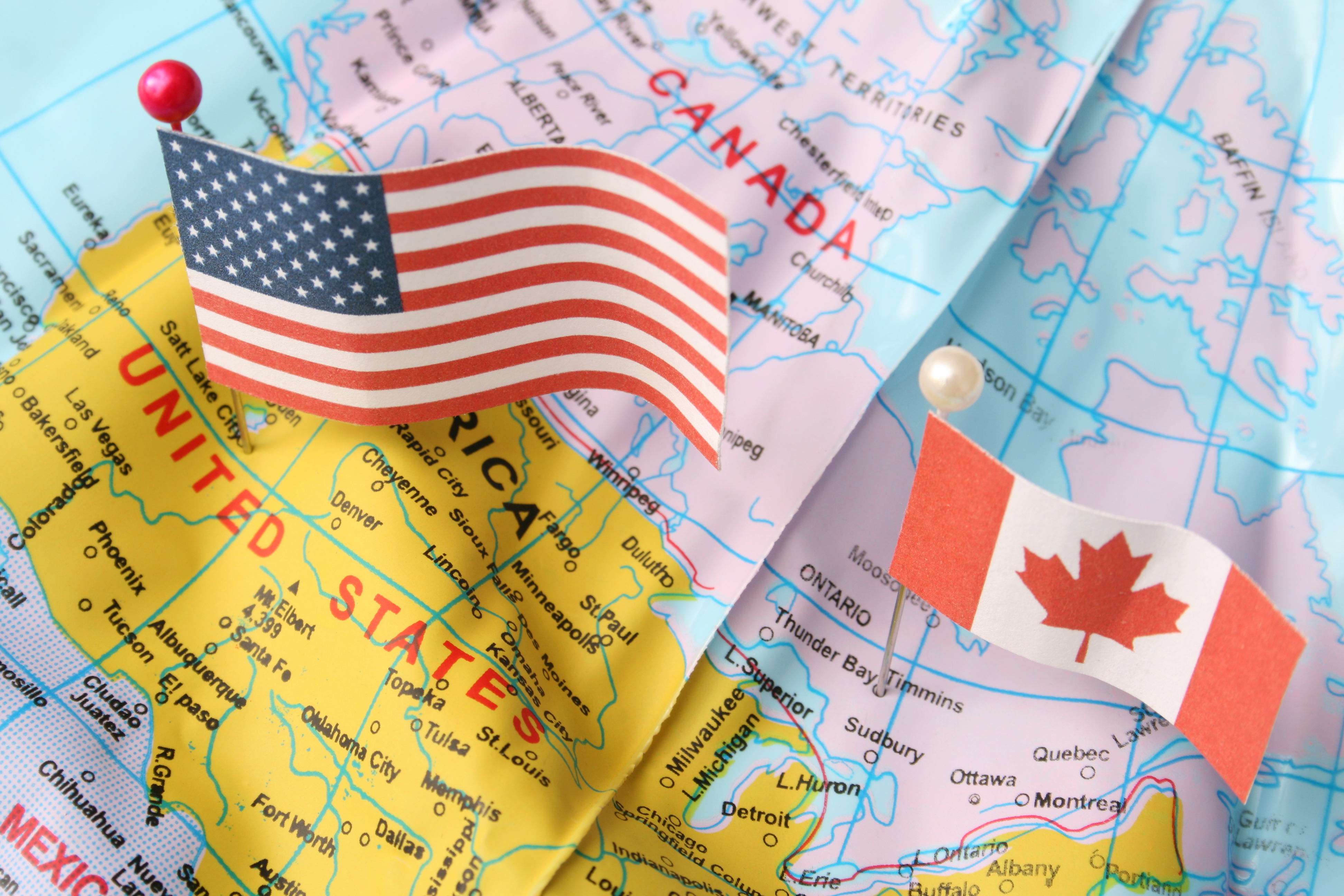That level moves the sector closer to the peak of 211,000 rooms in the final phase of development, recorded more than ten years ago in Dec-2007. STR's senior VP of operations Bobby Bowers says that while growth in the hotel pipeline has been gradual on a national level, "there are definitely markets that have seen a more rapid acceleration in comparison with their existing supply".
But, what hasn't changed much over the last few years is the development focus on select-service properties and the fact that most of the pipeline is branded under the flags of the big companies. In fact, if you add up the pipeline counts for Hilton, Marriott, Hyatt, IHG, Choice and Wyndham, you'll get more than 80% of the US total, according to Mr Bowers.
A majority of the country's construction activity continues to be focused in the upper midscale and upscale segments, with upper upscale projects represented the largest percentage increase in activity year over year. According to the STR data there were 64,128 rooms in the upper midscale pipeline at the time snapshot, down -0.5% on the same time last year. There were also 61,753 rooms in the upscale segment, up +3.7% and 28,843 rooms in the upper upscale segment, up almost a quarter (+22.6%) on the same time last year.
The data shows five markets with more than 6,000 rooms under construction between new construction, expansion, renovation and conversion projects. New York led with 14,755 rooms, which represented 11.8% of the market's existing supply, followed by Las Vegas (8,878 rooms, 5.3% of existing supply), Orlando (7,297 rooms, 5.7% of existing supply), Los Angeles/Long Beach (6,150 rooms, 5.9% of existing supply) and Dallas (6,014 rooms, 6.6% of existing supply).
The further growth of supply in the US comes after what was described by STR as a "mostly positive" performance across the three key performance metrics during Q2 2019, a position that was also mirrored in Canada. The US result was reasonably solid, but there appears to be some sluggishness in pricing traction.

According to data from STR, US hotel occupancy rates notched down -0.1% year-on-year in 2Q2019 to 70% while average daily rates (ADR) increased +1.2% to USD133.01 and revenue per available room (RevPAR) grew +1.1% to USD92.17.
"Despite that slight year-over-year decrease, the absolute occupancy level was the second-highest among all second quarters in our historical database," explains Alison Hoyt, senior director of consulting & analytics at STR. "The industry sold more nights than any other Q2 in history, but supply grew at a bit of a higher rate."
The current industry growth cycle is at 110 of 112 months, according to STR with only two minor year-over-year decreases in Sep-2018 (-0.3%) and Jun-2019 (-0.4%). As The Blue Swan Daily has reported previously, the longest overall expansion cycle in industry history lasted 112 months (with 111 increases) from Dec-1991 through Mar-2001.
Looking at the top 25 market, Minneapolis posted the largest jump in RevPAR of +5.6% to USD91 as ADR grew +6.1% to USD128.11. Overall, 14 of the top 25 US hotel markets posted a RevPAR increase in 2Q2019. Chicago and Tampa recorded the highest rise in occupancy of +1.7% to 77.4% and +1.7% to 74.6%, respectively.
Seattle had the largest drop in RevPAR during 2Q2019 of -7.1% to USD128.52 on a drop in ADR of -3.9% to USD166.08. Detroit, Michigan posted the steepest drop in occupancy of -5% to 68.1% and the second largest decline in RevPAR of -3.9% to USD73.78. Detroit posted the steepest decline in occupancy of -5% to 68.1% and the second largest decrease in RevPAR of -3.9% to USD72.78.
It was a similar performance across the border in Canada, where occupancy slipped -0.4% to 68.3%, but ADR rose+2.6% to CAD167.71 and RevPAR increased +2.1% to CAD114.52. STR attributes the dip in occupancy to supply growth (+1.4%) and comparisons with a strong quarter last year. It says: "Full-year forecasts for Canada suggest a slowdown in occupancy because of new inventory, but rates are expected to grow as that new supply is expected to raise the rate ceiling for the country.
Among the provinces and territories, British Columbia recorded the quarter's largest increase in RevPAR (+7.6% to CAD150.81), due primarily to the largest lift in ADR (+5.9% to CAD202.53). Newfoundland and Labrador posted highest rise in occupancy (+5.8% to 57.6%) but the steepest drop in ADR (-7.5% to CAD133.41). Alberta saw the largest declines in occupancy (-3.6% to 57.1%) and RevPAR (-3.5% to CAD86.45).